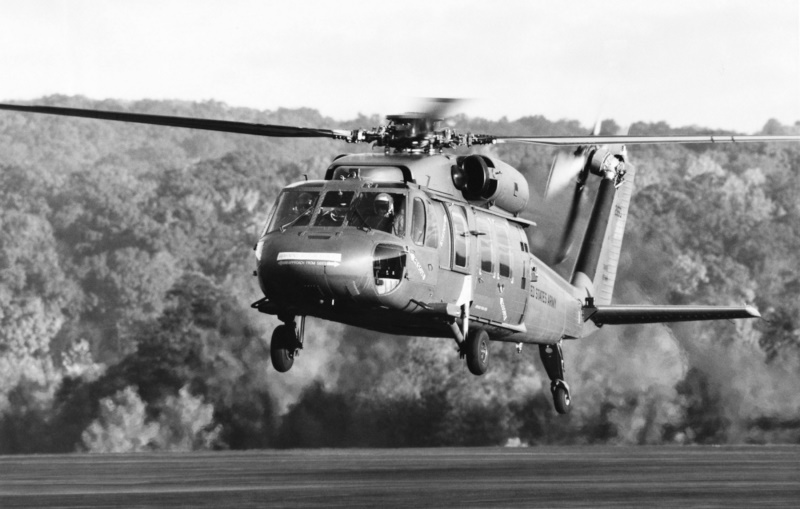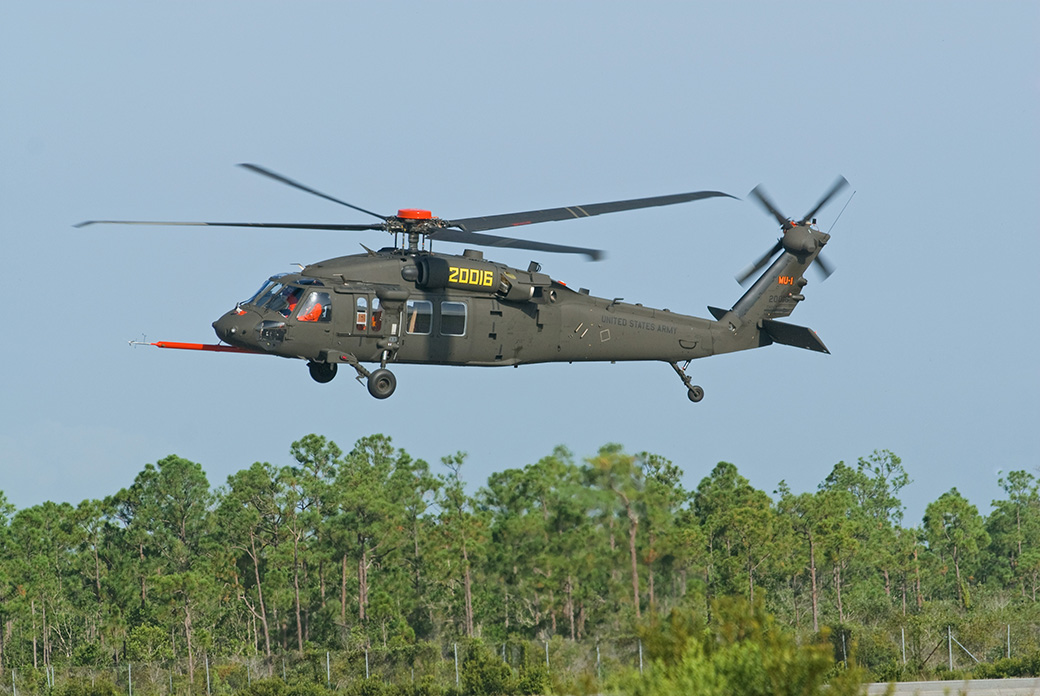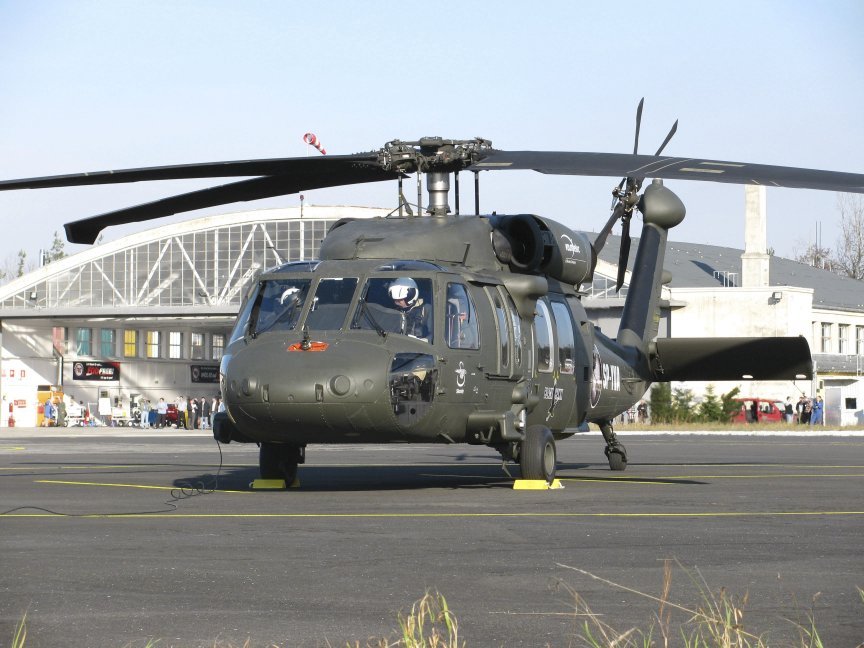Why the Sikorsky S 70 is the Preferred Option for Modern Helicopter Missions
Why the Sikorsky S 70 is the Preferred Option for Modern Helicopter Missions
Blog Article
High-Performance Multi-Role Rotorcraft Featuring Advanced Cockpit Technologies and Integrated Sensing Unit Systems
The realm of rotorcraft technology has seen significant advancements in recent times, particularly in the realm of high-performance multi-role rotorcraft geared up with innovative cockpit technologies and perfectly integrated sensing unit systems. These technologies have not just increased the operational abilities of rotorcraft however have likewise considerably affected modern air travel procedures on different fronts. From improved mission flexibility to enhanced operational efficiency, the merging of sophisticated cabin technologies and incorporated sensor systems has ushered in a new period of opportunities for rotorcraft applications. In the following discussion, we will certainly explore the evolution of rotorcraft technology, dive right into the world of innovative cockpit developments, and analyze the implications of integrated sensing unit systems on the operational versatility and efficiency of modern-day rotorcraft.
Advancement of Rotorcraft Technology
The advancement of rotorcraft technology has actually been marked by considerable improvements in aerodynamics, materials, and propulsion systems, forming the capacities and performance of contemporary rotorcraft. Wind resistant improvements have boosted the effectiveness and ability to move of rotorcraft, permitting enhanced rate, dexterity, and security throughout flight (sikorsky s 70). Innovations in materials, such as the usage of composite products and advanced alloys, have caused lighter yet more powerful rotorcraft frameworks, improving general performance and longevity. Additionally, improvements in propulsion systems, consisting of extra effective engines and cutting-edge propulsion technologies, have enabled rotorcraft to achieve higher altitudes, faster speeds, and greater hauls.
These developments have not only transformed the abilities of rotorcraft however have actually likewise expanded their applications across various sectors, consisting of military, industrial, and emergency solutions. The constant development of rotorcraft modern technology remains to drive development in the area, pressing the limits of what is possible and shaping the future of upright trip.
Advanced Cabin Innovations
Building upon the fundamental improvements in aerodynamics, materials, and propulsion systems, the world of rotorcraft technology now changes emphasis in the direction of pioneering Advanced Cockpit Innovations. The assimilation of cutting-edge modern technologies within the cockpit setting plays a critical role in enhancing the functional capabilities, safety, and performance of modern-day rotorcraft. sikorsky s 70. Advanced Cabin Innovations include a vast selection of attributes created to provide pilots with enhanced situational recognition, streamlined data administration, and intuitive control interfaces
One of the vital advancements in cabin style is the application of glass cockpits, which change conventional analog evaluates with high-resolution screens. These electronic systems use customizable formats, real-time data combination, and enhanced readability, allowing pilots to access critical details at a look. In addition, advanced avionics systems, such as fly-by-wire controls and increased fact display screens, are transforming just how pilots communicate with the aircraft, enabling exact control and enhanced decision-making capacities.


Incorporating innovative cabin developments not only enhances pilot performance however also adds to general objective effectiveness and safety and security in complicated operational atmospheres. By leveraging cutting edge innovations within the cockpit, rotorcraft suppliers are setting brand-new standards for functional quality and mission success.
Integrated Sensor Equipments
With the advancement of rotorcraft technology, the assimilation of sophisticated Integrated Sensing unit Equipment has actually come to be critical Clicking Here in boosting operational performance and safety and security. These Integrated Sensing unit Solutions encompass a large array of modern technologies that offer crucial information for various features such as navigating, monitoring, targeting, and ecological tracking. By seamlessly integrating sensing units like radars, cameras, lidar, and infrared systems right into rotorcraft, operators can benefit from boosted situational awareness, improved goal capacities, and minimized pilot workload.
One trick benefit of Integrated Sensor Equipments is their ability to collect real-time data and provide actionable understandings to pilots and mission drivers. Progressed radar systems can discover and track targets over long distances, allowing for very early threat detection and reliable response planning. In addition, incorporating infrared and electro-optical cameras makes it possible for rotorcraft to perform reconnaissance and surveillance goals with precision and accuracy.
Basically, the integration of sophisticated sensor innovations right into rotorcraft not only improves functional performance yet likewise adds considerably to general goal success and team safety. As rotorcraft proceed to advance, the duty of Integrated Sensor Solution will definitely stay at the center of development in the aerospace industry.
Functional Adaptability and Effectiveness
Enhancing functional adaptability and performance in rotorcraft is an all-natural development from the assimilation of advanced Integrated Sensing unit Solutions. By leveraging the insights and information given by these innovative sensor systems, rotorcraft can maximize their performance across numerous missions and settings.
Operational flexibility includes the capacity of rotorcraft to adjust to various roles and circumstances successfully. With sophisticated cockpit modern technologies and incorporated sensor systems, rotorcraft can perfectly shift between jobs such as search and rescue, medical evacuation, monitoring, and more. This flexibility improves the rotorcraft's capacity to fulfill diverse operational needs without needing extensive reconfiguration.
Effectiveness in rotorcraft procedures is crucial for making the most of objective efficiency and resource usage. Integrated sensor systems play a crucial role in boosting operational performance by supplying real-time data on weather problems, terrain mapping, target tracking, and a lot more. This information enables pilots to make informed choices quickly, optimize flight paths, conserve fuel, and boost overall mission efficiency.
Impact on Modern Air Travel Procedures

In addition, the combination of sophisticated sensors promotes boosted objective planning and execution, enabling rotorcraft to execute a large range of jobs with boosted accuracy. From search and rescue operations to aerial firefighting and police goals, the abilities of contemporary rotorcraft furnished with advanced cockpit technologies and integrated sensing unit systems are unmatched.
Additionally, the impact of these developments expands past functional performance to cost-effectiveness and sustainability. By enhancing flight routes, gas intake, and upkeep routines, high-performance rotorcraft geared up our website with sophisticated cockpit technologies and sensors contribute to reducing operational prices and ecological effect, making them indispensable assets in modern aeronautics procedures.
Final Thought
In verdict, the high-performance multi-role rotorcraft with sophisticated cabin modern technologies and incorporated sensing unit systems stands for a considerable advancement in air travel modern technology. These developments boost functional versatility and effectiveness, eventually impacting modern-day air travel procedures in a favorable way. The integration of these advanced innovations enables boosted capabilities and efficiency in numerous goal situations, showcasing the continued advancement of rotorcraft innovation in the air travel industry.
The realm of rotorcraft technology has actually seen notable improvements in recent times, specifically in the world of high-performance multi-role rotorcraft outfitted with advanced cabin innovations and flawlessly integrated sensor systems. From improved objective versatility to improved functional efficiency, the merging of innovative cabin modern technologies and incorporated sensor systems has actually ushered in a new period of opportunities for rotorcraft applications. In the adhering to conversation, we will certainly discover over here the evolution of rotorcraft technology, dive into the world of innovative cockpit innovations, and take a look at the implications of incorporated sensor systems on the operational flexibility and effectiveness of modern-day rotorcraft.

Report this page